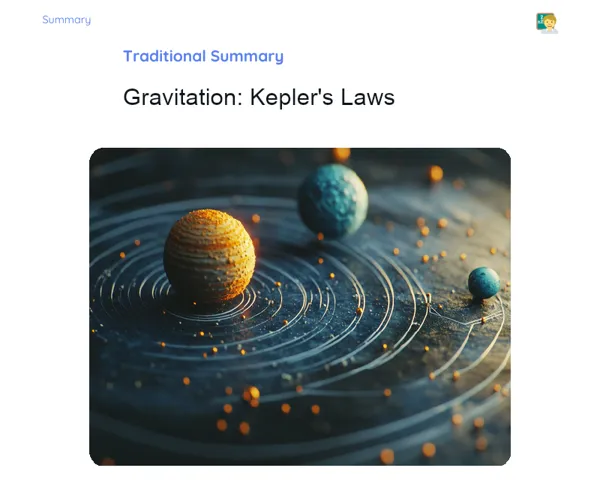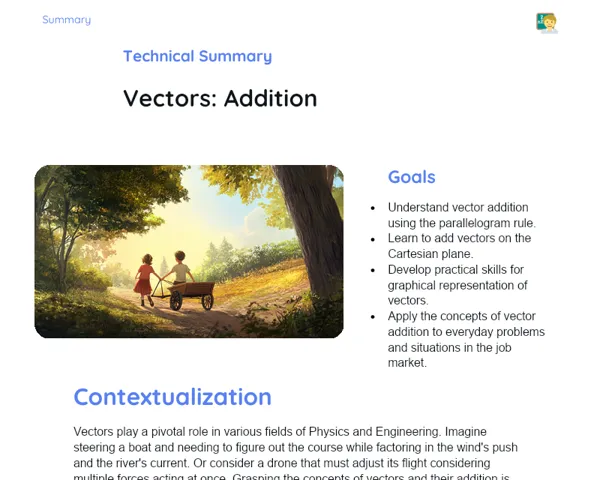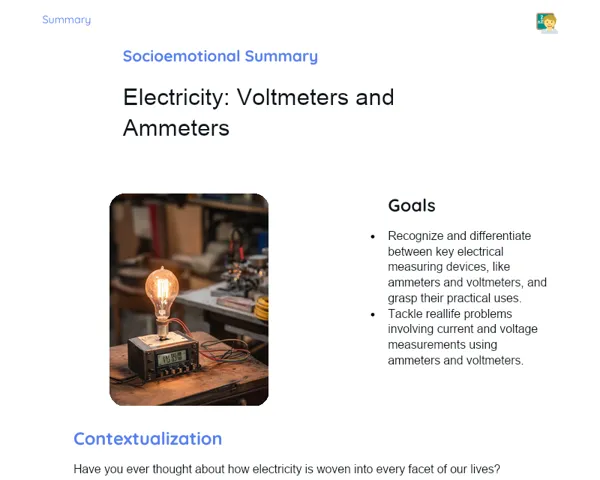Goals
1. Understand the concept of the average speed of gas molecules.
2. Calculate the average speed of gas molecules using the relevant equation.
3. Comprehend the relationship between temperature and the speed of gas molecules.
4. Relate thermodynamic concepts to practical applications in the job market.
Contextualization
Picture a scorching summer afternoon in India. We experience the sweltering heat because the air molecules around us are zipping about, transferring energy to our skin. The velocity of these molecules is vital for various applications, from predicting the weather to optimising the efficiency of vehicles. Grasping the average speed of gas molecules allows us to better understand these natural phenomena and innovate technologies that harness this energy effectively.
Subject Relevance
To Remember!
Concept of Average Speed of Gas Molecules
The average speed of gas molecules serves as a measure of how quickly gas molecules are moving on average. This concept is foundational in thermodynamics, as it correlates directly with the gas's temperature. The average speed is derived from the appropriate formula that considers the average kinetic energy of the molecules.
-
The average speed acts as a statistical description of the molecules' movement.
-
It is directly influenced by the gas's temperature.
-
Crucial for understanding occurrences like gas pressure and diffusion.
Equation for the Average Speed of Gas Molecules
The formula for determining the average speed of gas molecules comes from kinetic theory. The average speed (v) can be calculated using the equation: v = sqrt(8kT/πm), where k is the Boltzmann constant, T is the temperature in Kelvin, and m is the mass of the molecule.
-
v = sqrt(8kT/πm) is the formula employed.
-
k denotes the Boltzmann constant.
-
T indicates the absolute temperature in Kelvin.
-
m represents the mass of the gas molecule.
Relationship Between Temperature and Molecule Speed
As temperature rises, the average speed of gas molecules also increases since the average kinetic energy of the molecules is proportional to the absolute temperature. This means that higher temperatures lead to faster gas molecules.
-
The average speed escalates with a rise in temperature.
-
The average kinetic energy of the molecules is directly linked to temperature.
-
This phenomenon is observed in various applications, such as in engine efficiency and cooling systems.
Practical Applications
-
Improvement of Internal Combustion Engines: Knowledge of the average speed of gas molecules is used to fine-tune engine performance by modifying the fuel-air mixture.
-
Design of Refrigeration Systems: Insights into molecular speed support the development of energy-efficient refrigeration systems.
-
Weather Forecasting: Meteorologists employ molecular speed concepts to model atmospheric behaviour and forecast changes in climate.
Key Terms
-
Average Speed: A statistical measure of how fast gas molecules move.
-
Boltzmann Constant (k): A physical constant linking the average kinetic energy of particles to temperature.
-
Kinetic Energy: The energy a particle has owing to its motion.
-
Absolute Temperature: Temperature measured in Kelvin, which relates directly to the average kinetic energy of the molecules.
Questions for Reflections
-
How does raising the temperature impact the average speed of gas molecules, and what are the practical implications?
-
In what ways can insights about the average speed of gas molecules contribute to enhanced energy efficiency across various industries?
-
What challenges do engineers encounter while trying to optimise systems reliant on gas molecule speeds?
Simulating Molecular Speed
Create a basic model to mimic the behaviour of gas molecules and calculate their average speed.
Instructions
-
Form groups of 4 to 5 members.
-
Utilize foam balls to represent gas molecules and a clear box as the gas container.
-
Gently shake the box to simulate molecular movement at different temperatures.
-
Count how many times the balls hit the walls of the box within a minute.
-
Use this count to compute the average speed of the molecules using the given formula.
-
Each group should share their findings and discuss the differences observed when simulating various temperatures.



